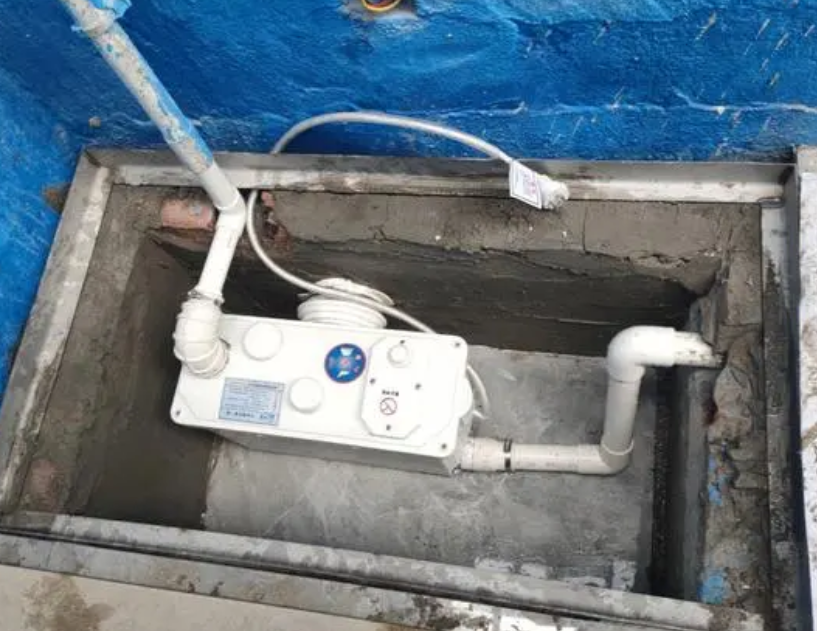Installation method of sewage lifting pump
There are various ways to install sewage lifting pumps to adapt to different usage scenarios and needs. The following are several common ways to install sewage lifting pumps:
1. Classification by installation location
Ground installation
Rear-discharge installation: This method usually installs the sewage lifting pump behind the toilet. Choose a rear-discharge toilet with a certain height (such as 20cm) from the ground, and directly connect the equipment. This method is simple and direct and suitable for most family bathrooms.
Open installation: Install the sewage lifting pump in a conspicuous position in the bathroom or other areas, such as on the ground or behind the toilet. Due to its small size, it is easy to install and will not be too conspicuous. This method is easy to maintain and repair, but it may not be very beautiful.
Underground installation/concealed installation
Side-discharge installation: Usually installed in the basin cabinet, using hidden installation, with hidden water tank and wall-mounted toilet, so that the overall bathroom is beautiful and simple. At the same time, because the equipment runs in the basin cabinet, the sound is also reduced.
Hidden installation in the wall: This method requires the sewage lifting pump to be installed in the wall, so it is necessary to select equipment with a higher protection level of the whole machine (such as IP68) to prevent moisture. During installation, a detection port must be reserved for later detection and disassembly. This method is aesthetically pleasing, but it is difficult to install and maintain.
Pit installation: The sewage lifting pump is installed in a pre-dug pit, and the sewage from the water-using equipment is discharged below the ground. This method is suitable for basements or outdoor environments with large spaces, which can hide the equipment and improve the aesthetics. However, attention should be paid to the waterproofing and drainage problems in the pit.

2. Classification by water inlet method
Suction installation: Fix the sewage lifting pump in the pump room or on the ground, suck the sewage into the pump through the suction water inlet, and then discharge it through the drainage pipe. This method is suitable for underground buildings, underground garages and other scenes.
Immersed installation: Put the sewage lifting pump into a container, introduce sewage into the pump through the water inlet of the container, and then discharge it from the pump. This method is suitable for some relatively closed buildings, such as underground shopping malls. However, it is necessary to pay attention to regular cleaning of the container to prevent blockage.
Pipeline installation: Install the sewage lifting pump on the pipeline, introduce sewage into the pump through the water inlet on the outside of the pipeline, and then discharge it through the drainage pipe. This method is suitable for buildings with long pipelines, such as buildings and apartments.
3. Other special installation methods
In addition to the common installation methods mentioned above, some special types of sewage lifting pumps may use other installation methods, such as pneumatic sewage lifting pumps that may use compressed air as a power source to work. These special types of pumps need to be installed according to the specific product instructions and installation guidelines.




